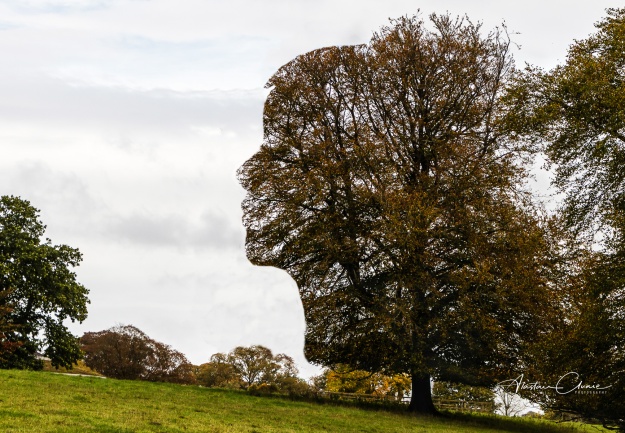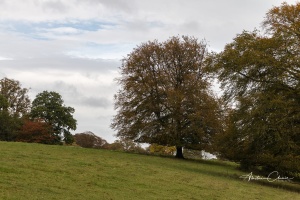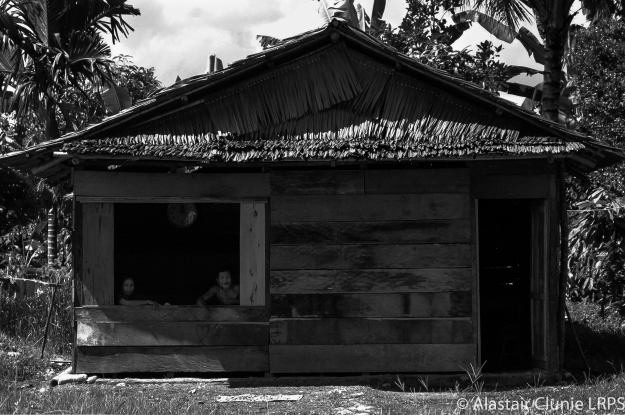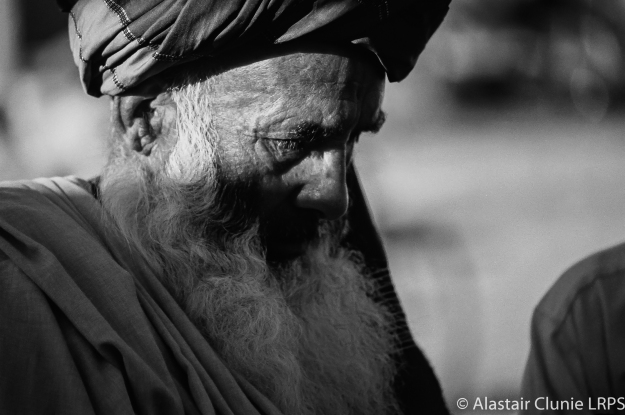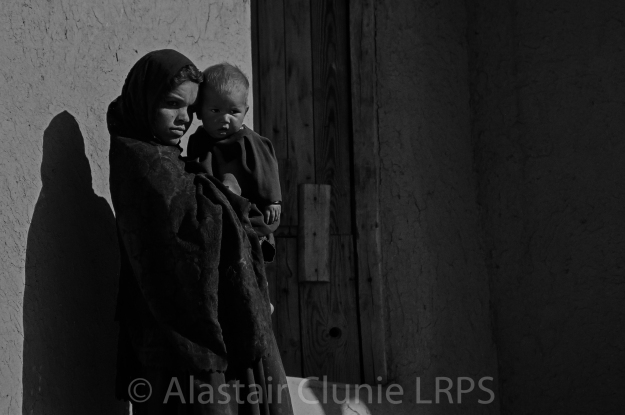There’s a story behind this one.
It begins in October 2014 when I visited Westonbirt, The National Arboretum in Gloucestershire. The plan was to get some photographs of trees in autumnal colours and during the visit I took a number of photographs, some of which were OK but none were real stand-outs. Some months later I was experimenting with masking in Photoshop and had the idea of shaping a tree in a human profile. Among the shots from Westonbirt was the one below.
I felt this offered an opportunity to be creative with a profile mask so set about working in Photoshop with two profiles I had sourced. One was clearly male and the other clearly female. I tried edits with both and, for some reason, I found the female profile worked better in aligning with the tree. I worked with it and cropped in to make the effect more evident and saved the work in a folder along with other experiments gathering e-dust, you might say.
Recently I was working on some other creative effects and adaptations and recalled this one so was keen to revisit it. Coming back to it after a reasonably lengthy absence was quite refreshing and I decided that I rather liked it but felt it needed a title. As I’d shaped it into the profile of a human head I got to thinking about what we contain in there – everything we know, our feelings, thoughts and memories. I was leaning towards the title of Tree of Knowledge which, of course, has direct resonance in the story in Genesis: The Lord God took the man and put him in the garden of Eden to work it and keep it. And the Lord God commanded the man, saying, “You may surely eat of every tree of the garden, but of the tree of the knowledge of good and evil you shall not eat, for in the day that you eat of it you shall surely die.” Then later, So when the woman saw that the tree was good for food, and that it was a delight to the eyes, and that the tree was to be desired to make one wise, she took of its fruit and ate, and she also gave some to her husband who was with her, and he ate. At this point I found it curious that I had chosen the female silhouette for the profile shape as, in the Genesis story, it was the woman who first ate the fruit of the Tree of Knowledge of good and evil.
If there’s a moral to this little tale of mine it’s that we, as human beings, know the difference between good and evil and we have a choice as to how we behave in the light of that knowledge and that just about anything can be used for good or harm.
I find this image of the Tree of Knowledge, to be a reminder to use my photography for good.
If you wish, you can buy a print of the Tree of Knowledge here and have it on your wall as a reminder to yourself.
Thanks for reading and for following this blog.

